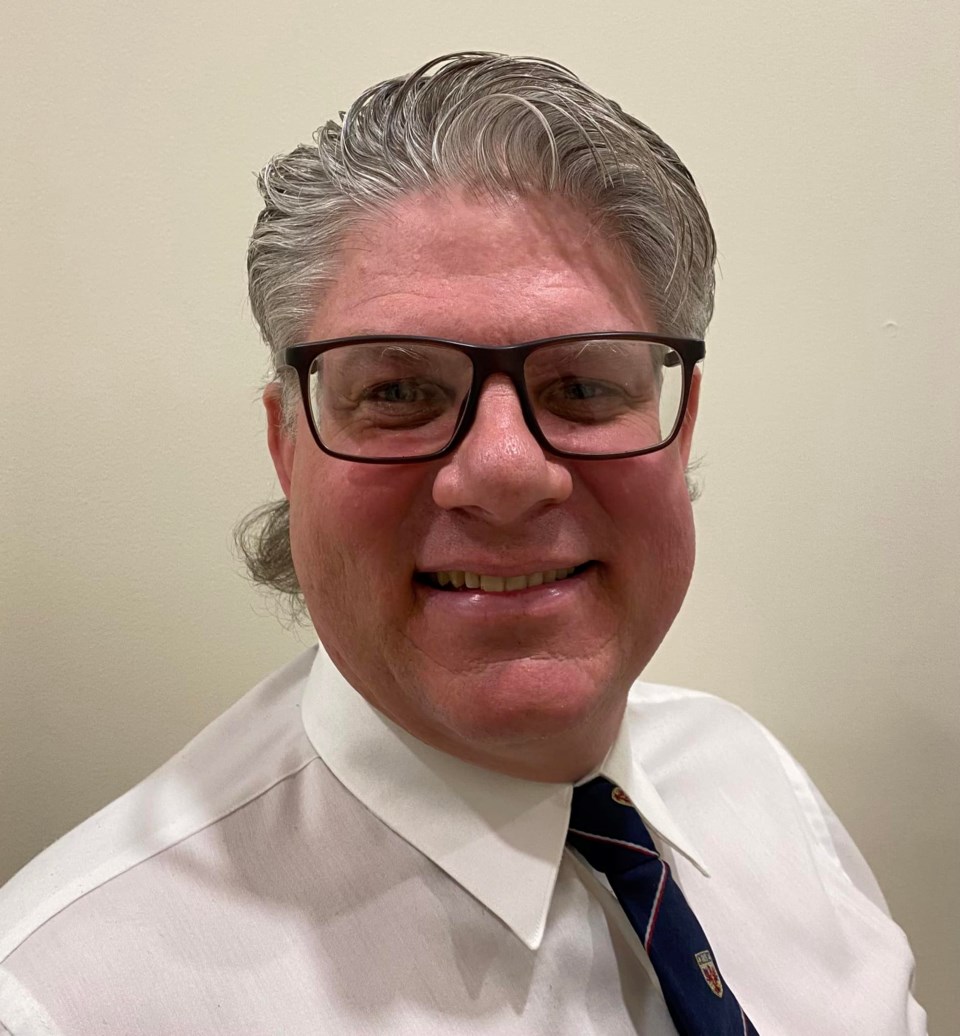Bradford West Gwillimbury will be asking the province to review an interchange council previously requested be part of the Bradford Bypass.
Mayor James Leduc will be calling on the planning team for the highway, which includes the Ontario Ministry of Transportation (MTO) and AECOM to review the placement of the interchange slated for Sideroad 10 and consider alternatives that would be less intrusive to the neighbouring properties.
Three of those neighbours — Hank Alsemgeest, Brent Fellman and Audrey Tucker — gave a deputation to council at the May 16 meeting outlining their concerns. What sets these three apart from others who often speak on the Bradford Bypass is that they are in favour of it being constructed.
“We support the Bradford Bypass; we even support the interchange at 10th Sideroad and the Bradford Bypass,” Tucker said. “We are requesting your support for safer access for Henderson Park patrons, increased community access to our neighbourhoods and minimizing the impact of encroachment on constituents.”
Fellman was more succinct.
“We’re the only neighbourhood that’s really going to be around this; we’re the ones that are going to have to live with this and you’re going to have to deal with our complaints if you keep it the way it is,” he said. “It was your request…. Come up with an idea that works for everybody.”
During recent virtual open houses and in a presentation to council, planners have showcased a variety of designs for the proposed highway, with several different options for interchanges along the way. The interchange at Sideroad 10 wasn’t part of the province’s original plans for the highway but was added at the request of the town.
As with other interchanges, multiple options were prepared, with a grading system assigned to each one to determine the preferred design. The preferred alternative, with two direct on-ramps, two loop ramps and two direct off-ramps, was chosen because it has the highest interchange capacity while conflicting the least with vehicle movements at the ramps. It’s also the most common interchange configuration, as indicated on a slide found in a recent planning presentation.
But out of the three options, it was the lowest-scoring alternative when it came to the environment. AECOM’s analysis, Tucker said, showed that the preferred option would have the greatest impact on the natural, socio-economic and cultural environment.
To Tucker, the planners picked the worst of a bad lot in selecting the interchange they want to see at Sideroad 10.
“None of these three ramp designs are good options, but this is the one that AECOM is deeming the most preferred,” Tucker said. “If you look across the entirety of the Bradford Bypass, with all of the interchanges and all of the assessments that AECOM has done, there is no other preferred interchange… that has such a significant environmental impact.”
They came prepared with an alternative solution, showing a diagram they felt would still provide a full interchange between the highway and Sideroad 10, while limiting the encroachment on the properties impacted by the Bradford Bypass, including the houses on Arthur Evans Crescent. By not having a loop ramp on the northeast corner, fewer if any houses would need to be expropriated for the construction of this interchange, Fellman said.
They also felt strongly that Sideroad 10 traffic should be carried over the Bradford Bypass and not the other way around, utilizing a screen grab from the popular city building simulation game Sim City 4 to showcase the improved aesthetics created by sinking the highway.
That would also solve the problem of access to Henderson Park, Fellman argued. If the highway goes over top of Sideroad 10, a pedestrian tunnel will likely be required by non-motorists to enter Henderson Park, near the soccer fields. That poses a safety concern that should be avoided, he said.
“If you get a pedestrian tunnel, you can see what it’s going to look like: you’re going to have graffiti,” he said as the presentation showed a picture of a dirty enclosed pathway, complete with a vandalized brick wall. “it’s just a magnet for sketchy activity.”
Councillors were keen to listen to the residents and hoped to at least get planners to take a look at the issue.
“We need the interchange; the question is what interchange,” said Coun. Joe Giordano, who had an early look at the residents’ concerns during a recent Ward 4 community meeting. “Our job as council is to sit there and support our people…. What can we do to support our residents and to ask MTO to roll up their sleeves a little bit and see what else they can come up with?”
Coun. Cheraldean Duhaney agreed, wanting to mitigate the negatives faced by area residents while enhancing the positives many believe the bypass and that interchange can bring to the community.
“We want to do it good and do it the right way,” she said. “Doing some extra work and some extra review, I don’t believe hurts at all.
The Bradford Bypass is a 16.3-kilometre freeway that will connect Highways 400 and 404 between Bradford West Gwillimbury and East Gwillimbury. The project has been decades in the making; it was first proposed in the 1970s. Essentially killed by the Dalton McGuinty Liberals in the early 2000s, it was brought back to the forefront by his successor, Kathleen Wynne, at the end of her second term as premier.
It's since become one of the priority infrastructure projects of the Ford government, which has presented the roadway as necessary to the region given the population growth it's expected to experience over the next few decades.
The actual cost to construct the highway is not known. In 2021, that figure was estimated to be around $800 million, but recently Caroline Mulroney, Transportation Minister and MPP for York-Simcoe, confirmed "the project will cost more than the original estimate the Ministry of Transportation developed years ago.”
With files from Village Media
